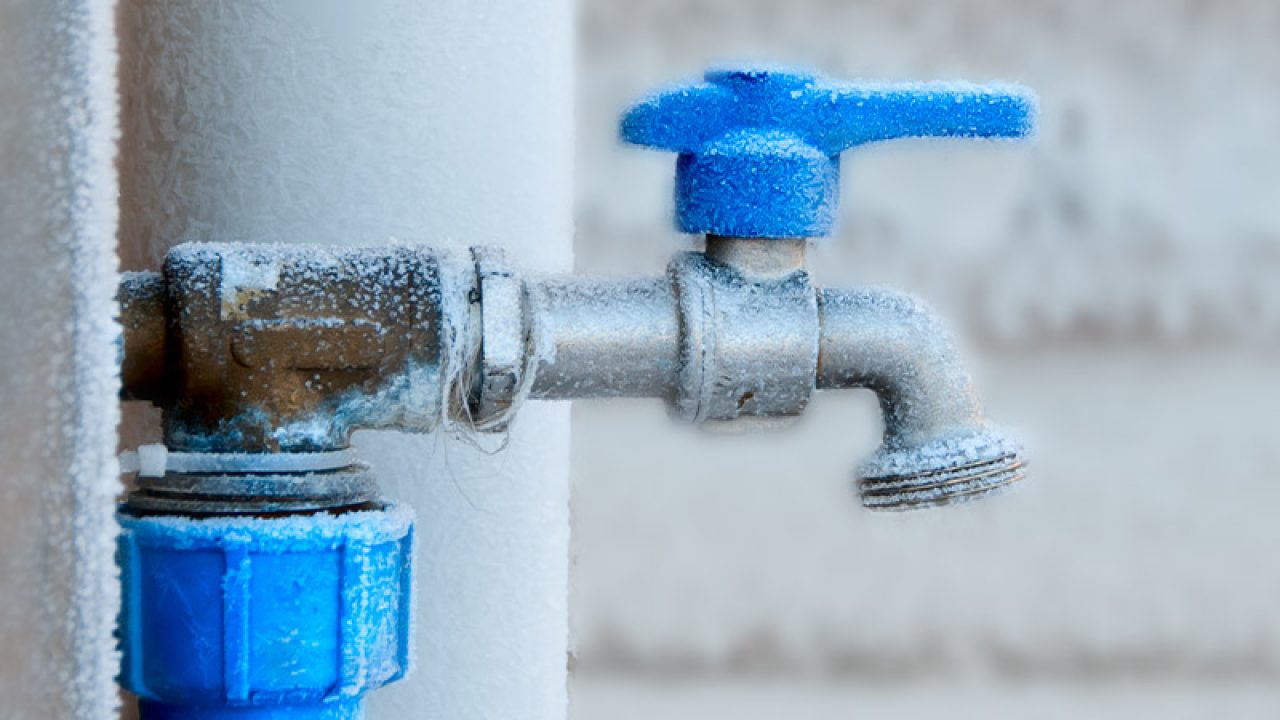Protect Against Frozen Pipes in Winter: Expert Strategies
Protect Against Frozen Pipes in Winter: Expert Strategies
Blog Article
Were you on the lookout for advice on Winter Plumbing Precautions: Preventing Frozen Pipes?

Winter can damage your pipes, especially by freezing pipelines. Here's just how to stop it from occurring and what to do if it does.
Intro
As temperature levels drop, the danger of frozen pipes rises, potentially bring about costly fixings and water damage. Comprehending just how to prevent icy pipes is critical for homeowners in chilly climates.
Recognizing Frozen Pipes
What causes pipelines to freeze?
Pipes ice up when revealed to temperatures listed below 32 ° F (0 ° C) for expanded durations. As water inside the pipelines freezes, it expands, putting pressure on the pipeline walls and possibly triggering them to break.
Dangers and damages
Icy pipes can cause water disturbances, residential or commercial property damages, and costly repair services. Burst pipes can flooding homes and cause substantial structural damages.
Indicators of Frozen Pipes
Recognizing frozen pipes early can stop them from rupturing.
How to identify icy pipes
Try to find decreased water circulation from taps, unusual odors or sounds from pipes, and noticeable frost on subjected pipelines.
Prevention Tips
Shielding susceptible pipelines
Cover pipes in insulation sleeves or make use of heat tape to shield them from freezing temperatures. Concentrate on pipelines in unheated or external areas of the home.
Heating methods
Keep interior spaces effectively heated up, particularly locations with plumbing. Open cabinet doors to permit warm air to distribute around pipelines under sinks.
Shielding Exterior Pipes
Garden hoses and exterior faucets
Detach and drain pipes yard hose pipes before wintertime. Mount frost-proof spigots or cover exterior faucets with protected caps.
What to Do If Your Pipelines Freeze
Immediate actions to take
If you think icy pipelines, maintain taps available to soothe stress as the ice melts. Utilize a hairdryer or towels taken in warm water to thaw pipelines gradually.
Long-Term Solutions
Structural adjustments
Think about rerouting pipelines far from outside wall surfaces or unheated locations. Add added insulation to attics, basements, and crawl spaces.
Upgrading insulation
Invest in top notch insulation for pipelines, attic rooms, and walls. Appropriate insulation assists preserve consistent temperatures and lowers the threat of frozen pipelines.
Verdict
Protecting against icy pipes calls for aggressive actions and fast reactions. By understanding the causes, indicators, and safety nets, house owners can secure their plumbing during cold weather.
6 Proven Ways to Prevent Frozen Pipes and Protect Your Home
Disconnect and Drain Garden Hoses
Before winter arrives, start by disconnecting your garden hoses and draining any remaining water. Close the shut-off valves that supply outdoor hose bibs and leave the outdoor faucet open to allow any residual water to drain. For extra protection, consider using faucet covers throughout the colder months. It’s also important to drain water from any sprinkler supply lines following the manufacturer’s directions.
Insulate Exposed Pipes
Insulating your pipes is an effective way to prevent freezing. Pipe insulation is readily available at home improvement stores and is relatively inexpensive. Pay close attention to pipes in unheated areas such as the attic, basement, crawl spaces, or garage. Apply foam insulation generously to create a buffer against the cold. You can also wrap your pipes in heat tape or thermostat-controlled heat cables for added warmth.
Seal Air Leaks
Inspect your home for any cracks or openings that could let in cold air. Seal any holes around the piping in interior or exterior walls, as well as the sill plates where your home rests on its foundation. Additionally, make sure to keep your garage door closed unless you’re entering or exiting. Leaving it open creates a significant air leak that can lead to frozen pipes.
Allow Warm Air Circulation
During cold snaps, it’s essential to allow warm air to circulate evenly throughout your home. Leave interior doors ajar to promote better airflow. Open kitchen and bathroom cabinets to help distribute heat consistently around the rooms. If you have small children or pets, be sure to remove any household chemicals or potentially harmful cleaners from open cabinets for safety.
Let Faucets Drip
A small trickle of water can make a big difference in preventing ice formation inside your pipes. When temperatures drop significantly, start a drip of water from all faucets served by exposed pipes. This continuous flow helps prevent the water from freezing. Additionally, running a few faucets slightly can relieve pressure inside the pipes, reducing the chances of a rupture if the water inside does freeze.
https://choateshvac.com/6-proven-ways-to-prevent-frozen-pipes-and-protect-your-home/

I came across that piece of writing on Helpful Tips to Prevent Frozen Pipes this Winter when exploring the internet. For those who appreciated our blog posting plz make sure you remember to share it. Thank you for your time. Kindly come visit our blog back soon.
Book Now Report this page